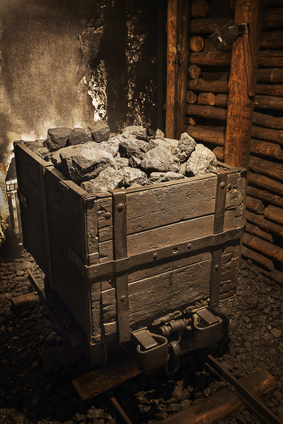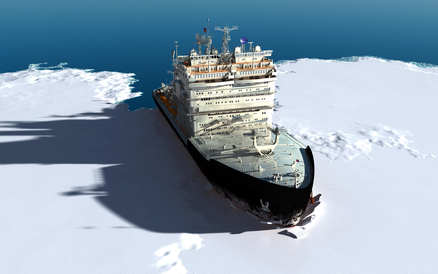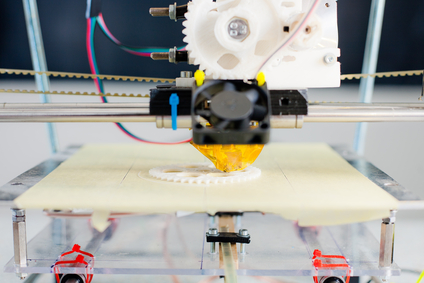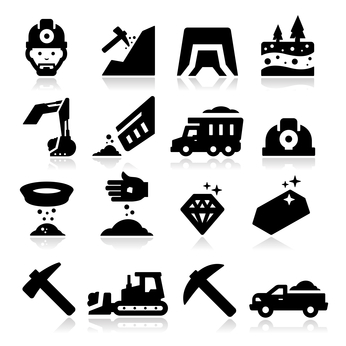Why Canada is a Hub for World Mining Companies
 Why Canada is a Hub for World Mining Companies
Why Canada is a Hub for World Mining Companies
You cannot deny the ever increasing growth in the Canadian mining industry. At this moment, almost 80% of the world’s mining organizations are headquartered in Canada, making it one of the biggest mining hubs in the world. Even despite massive investments in Africa from competitor countries like China, Canada remains the most dominant force in the African mining sector. More than 1300 firms carrying operations in Africa and Asia are Canadian-based, making the industry the biggest mining network in the world.
According to a Mining Exploration of Canada report, there are about 1200 exploration companies in the Vancouver area, while the Toronto Stock Exchange (TSE) lists 58% of the world’s public mining companies. Vancouver is the top destination for mining exploration, with the top mining companies headquartered there. Toronto has become the global hub for mining financing, with the TSX and TSX Venture exchanges accounting for $12.5 billion, or 40% of global mining equity capital, according to the report.
A few key points to know about Canada:
- Exploration spending is at $3.9 billion
- Mineral production is at $50.3 billion
- Mining companies export $101.9 billion of mineral resources
- The industry employed 320,000 people in 2011
The favorable investment conditions provided by the Toronto Stock Exchange, for investors and for mining entrepreneurs, is one of the primary reasons Canada is such a lucrative country for mining companies. Along with favorable tax regulations, the government provides financial assistance to the industry in the form of tax credits.
Another reason the mining sector of Canada is growing rapidly is the concentration of expertise in the resource industry. Being one of the oldest and most developed sectors in the world, Canada’s skilled workers range from geoscientists to miners, who operate advanced technology. This has largely facilitated the growth of domestic, as well as foreign mining industries, which are headquartered in Canada.
When talking about the massive growth of the Canadian mining industry, you cannot ignore the support and active role of the Government. The government has been active through financial incentives. Also, it has been facilitating trade agreements between countries to make it easier for Canadian mining companies to do business in resource-rich areas. Moreover, the government is providing equal opportunities to foreign mining firms; another very attractive factor for foreign mining companies to come to Canada.
In the last few years, the Canadian government has been working hard to reduce any political and economic risks taken by mining companies. They have done so by negotiating trade agreements and by building political capital in resource-rich countries, which allows exploration companies to invest in operations in these countries.
The strength of the Canadian mining industry lies in connected pillars: reserves, prices, financing, exploration and capital investment. With global resource prices rising, they help drive exploration and capital investment. This in turn leads to companies looking for suitable financing to back them. Government grants and funding in infrastructure help with mineral exploration, which increases opportunities for extraction.





 Predictive Mine Equipment Maintenance
Predictive Mine Equipment Maintenance



